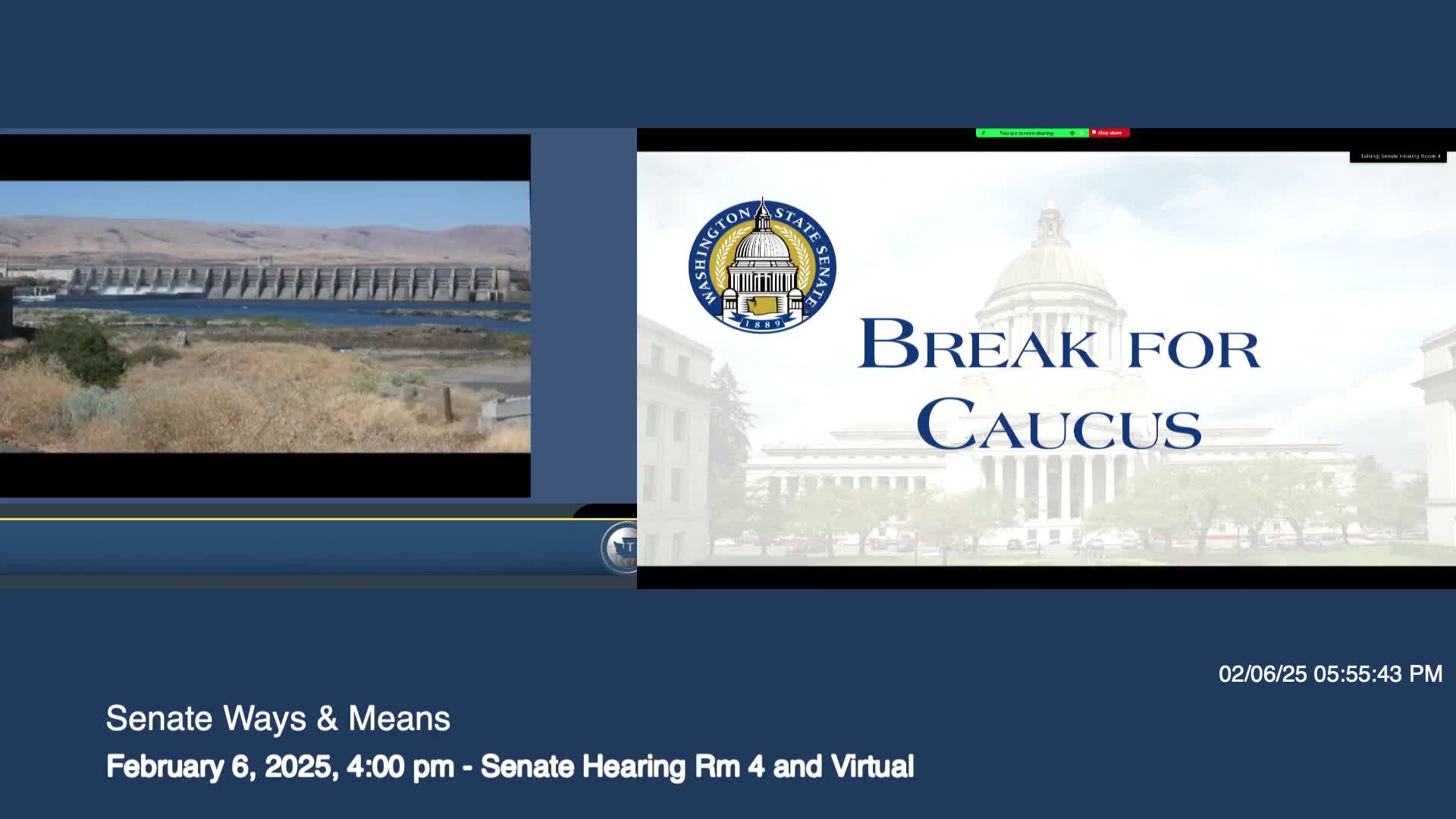Slido Falls history explored as waters submerge Native American trading site
February 06, 2025 | Local Government, Land Use & Tribal Affairs, Senate, Legislative Sessions, Washington
This article was created by AI summarizing key points discussed. AI makes mistakes, so for full details and context, please refer to the video of the full meeting. Please report any errors so we can fix them. Report an error »

During a recent Senate Local Government meeting, discussions highlighted the historical significance of Slido Falls, a once-thriving trading hub for Native Americans in the Pacific Northwest, now submerged under the waters of the Dalles Dam. This location was not only a vital center for bartering among various tribal groups but also a notable landmark for explorers like Lewis and Clark, who navigated the challenging waters of the Columbia River.
While the falls are no longer visible, they remain an important fishing site for tribal communities along the river's shoreline. The meeting underscored the ongoing cultural connection to this site, with members expressing a deep sense of loss over its disappearance. The petroglyphs along the Columbia River, which date back hundreds of years, serve as a reminder of the rich history and heritage of Native American peoples in the region.
The discussions also touched on the broader implications of development and resource management, particularly the trade-offs between generating electricity and preserving natural habitats crucial for salmon populations. This debate reflects a continuing struggle to balance modern needs with the preservation of cultural and environmental legacies.
As the meeting progressed, the importance of recognizing and honoring these historical sites was emphasized, calling for a deeper understanding of their significance to local communities. The conversation serves as a reminder of the need to consider the impacts of governmental decisions on cultural heritage and the environment, ensuring that the voices of those connected to these histories are heard in future discussions.
While the falls are no longer visible, they remain an important fishing site for tribal communities along the river's shoreline. The meeting underscored the ongoing cultural connection to this site, with members expressing a deep sense of loss over its disappearance. The petroglyphs along the Columbia River, which date back hundreds of years, serve as a reminder of the rich history and heritage of Native American peoples in the region.
The discussions also touched on the broader implications of development and resource management, particularly the trade-offs between generating electricity and preserving natural habitats crucial for salmon populations. This debate reflects a continuing struggle to balance modern needs with the preservation of cultural and environmental legacies.
As the meeting progressed, the importance of recognizing and honoring these historical sites was emphasized, calling for a deeper understanding of their significance to local communities. The conversation serves as a reminder of the need to consider the impacts of governmental decisions on cultural heritage and the environment, ensuring that the voices of those connected to these histories are heard in future discussions.
View full meeting
This article is based on a recent meeting—watch the full video and explore the complete transcript for deeper insights into the discussion.
View full meeting
